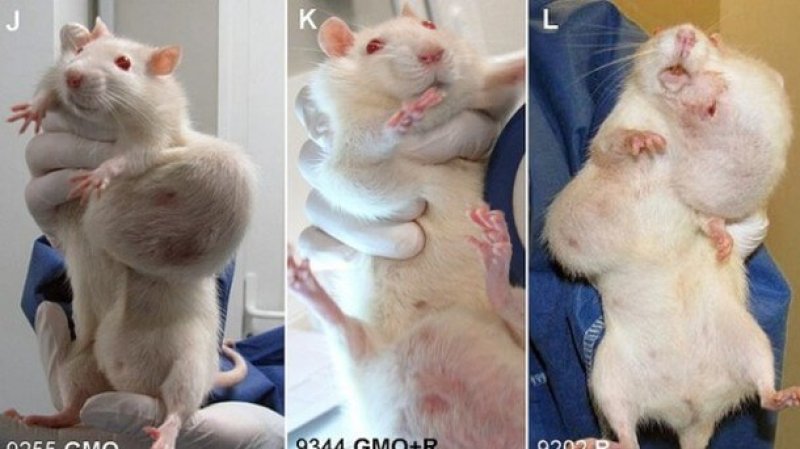Eradicating invasive species can be a brutal job. On the island of Floreana, a plan to eliminate the rodents that raid the nests of native birds and reptiles calls for 400 tons of rat poison, requiring weeks of dislocation for pets, livestock and perhaps children.
Genetic manipulation — for example, tweaking sex inheritance in rodents to produce an all-male, and thus reproductively doomed, population — is being discussed as a safer alternative to poison and bullets. But what are the risks? And would it even work?
…
The basic strategy of using gene drive in the conservation setting would be to tinker with the DNA of mice, using either the new gene-editing tool CRISPR or other tools of genetic manipulation, in such a way as to tilt the odds of sex inheritance; one example would be to produce offspring that would be exclusively male, eventually producing a daughterless population of mice. The elimination of females, of course, would create a reproductive dead end for that invasive species.
…
[Animal removal specialist Karl] Campbell is the first to acknowledge that the Galápagos will not be the first or best place to test gene drive in the field. But it may be the best place to think about the implications, good and bad, of gene drive in the context of species preservation.The GLP aggregated and excerpted this blog/article to reflect the diversity of news, opinion, and analysis. Read full, original post: Could genetic engineering save the Galapagos?































